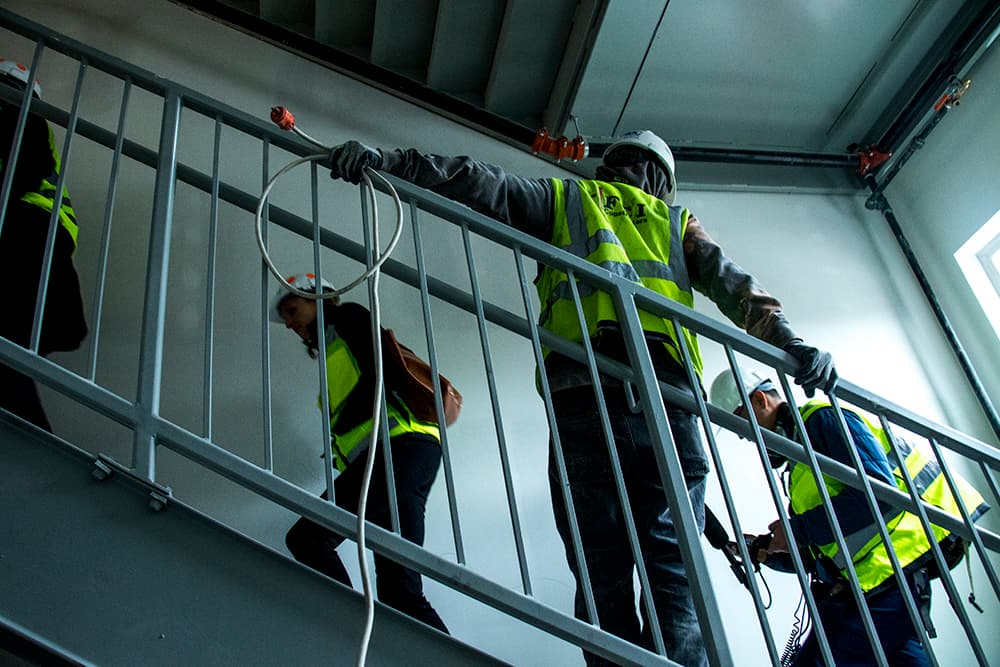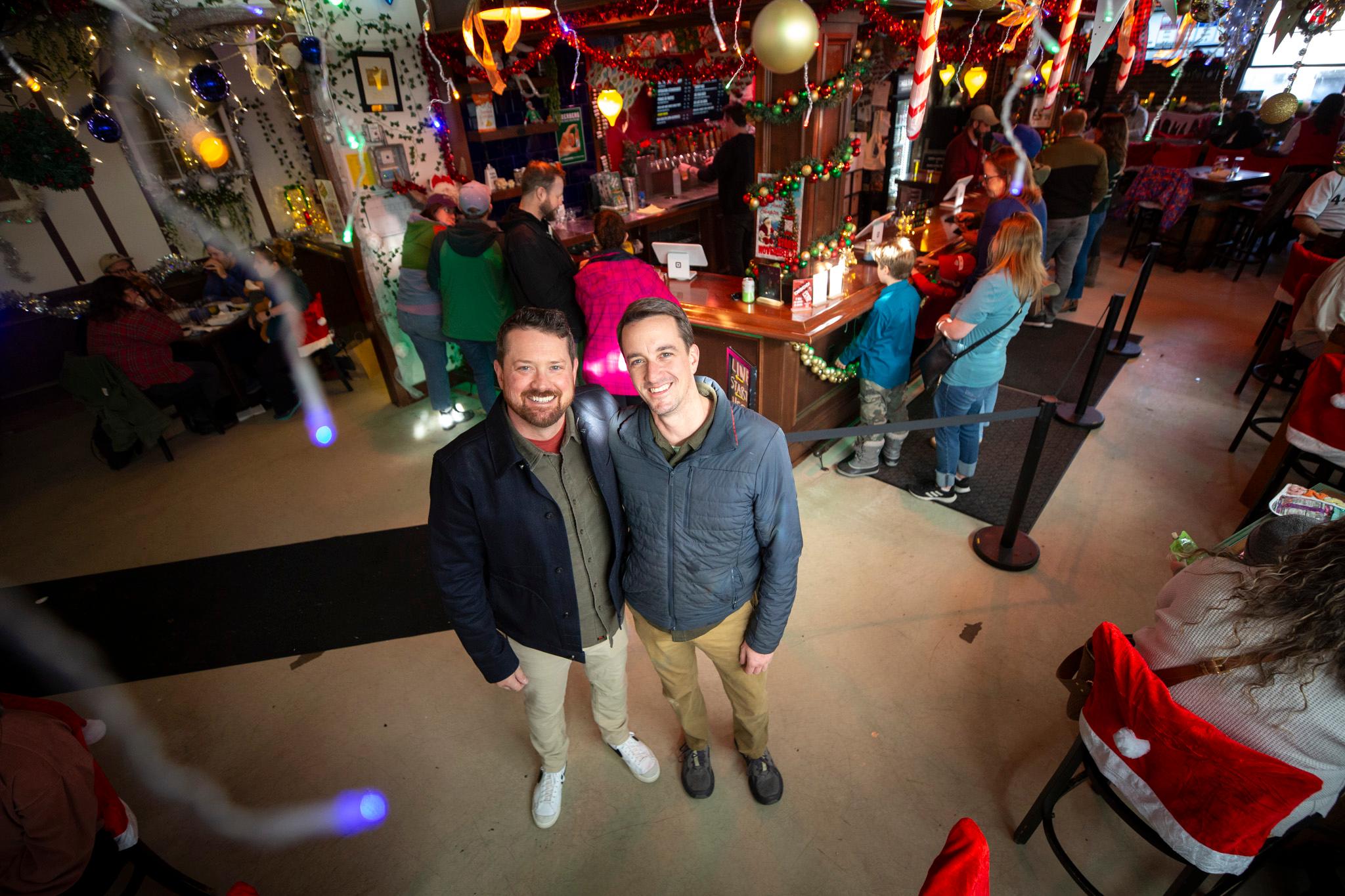Update: The Denver City Council approved the contract in a 10-1 vote on July 9. Councilman Kevin Flynn voted no, while Councilman Rafael Espinoza abstained.
Councilwoman At-large Robin Kniech, who voted yes, said that she would support further research on the program. Council President Albus Brooks expressed strong support for the program.
"This is no longer a conversation about 'Hey, these folks can’t live here,'" Brooks said. "What I'm saying is, 'We’re going to find out how to live together.'"
The city of Denver is preparing a major expansion of a new program that aims to get people out of jail, off the streets and into housing.
In the "social impact bond" program, teams intentionally search for the chronically homeless people who are most often jailed or hospitalized in Denver. Then, the program finds them somewhere to live and provides supportive services.
So far, investors have committed about $8.6 million to help more than 250 people and build more than 185 new apartments. Now, city staff want to put in another $2.6 million to house another 75 people in residences around the city.
The expansion of the program comes with some changes and, for Councilman Kevin Flynn, some skepticism.
How's it working so far?
Denver staff are claiming success. More than 85 percent of its clients remained in housing after a year. No one left the program voluntarily -- the "exits" were due to the person's death or incarceration.
"We believe that if we’re able to provide housing services and supportive services to people, we are able to save money," said Brendan Hanlon, the city's chief financial officer.
Among a sample of the program, about 64 percent of people stayed out of jail entirely, while another 21 percent had a single jail stay.
What's changing?
The original program had a more complicated structure. Outside investors -- foundations, basically -- put in the money, and the city paid them back. The payment depended on how successful the program was in keeping its clients out of jail and in housing.
So, the idea is that by reducing jail and hospital time, the program is saving money for Denver as a whole.
The expansion still keeps that core idea, but Denver will now fund the program directly, and Colorado Coalition for the Homeless will run the housing for the new residents over the next three years. About 14 percent of CCH's payment will depend on how well the program performs.
Councilwoman At-large Robin Kniech asked what would happen if the coalition underperformed and got a smaller payment -- would they be incentivized to cut back on services?
John Parvensky, CEO of the coalition, promised that wouldn't happen. "It would not be good for the clients, but it would also create a cycle (in which) we would be less likely the next year to reach the outcomes."
Who objected?
Councilman Kevin Flynn raised some sharp questions about the program, especially about the new Sanderson Apartments residential building on Federal Boulevard, which was specifically designed to house people suffering with post-traumatic stress disorder.
The program could have an "anti-social impact," Flynn warned, suggesting that the reduction in arrests could be related to building staff's alleged refusal to cooperate with police. And he described the program's model as a "kabuki dance."
"The police are there two, three times a day, and those costs aren’t in that stack," he said, referring to the city's calculations. “I don’t believe we’re actually saving money, doing this."
Flynn said that a group of about a half-dozen people have started congregating near the 60-unit building, possibly as visitors to residents of the building. And there were multiple assaults at the site, he said. Police records showed at least nine reports of assaults this year at the Sanderson's address, some involving injuries. The crowd appears to be driving away business from a neighboring restaurant, he said.
A New York University study in 2008 found that supportive housing in New York City didn't hurt nearby property values; Urban Institute studies in Denver found that the buildings didn't affect overall crime rates, though they found somewhat higher crime within a few hundred feet of larger buildings, as City Limits reported.
The latter study suggested that the buildings' residents tended to be the victims of crime, not the perpetrators, according to City Limits.
Tyler Jaeckel, the city's lead on the program, said that people have long congregated along Sanderson Gulch and Federal Boulevard, making it difficult to say what effect the new apartments had. He couldn't say whether or not residents of the building were involved in the assaults.
When people call for service from the apartments, he said, it's often for help with medical needs or domestic situations.
"We are treating people for long-standing mental health and behavioral issues, and we’re trying to get them the treatment that’s needed," he said in an interview. "Not every situation is going to be perfect. But I can tell you the staff at MHCD and the staff at the Colorado Commission are the most committed to not only working with those individuals but to ensuring that they become productive neighbors within the community."
It's important, Jaeckel said, that supportive housing isn't cordoned off from the rest of the city.
Flynn said that he supports the "housing first" model, but that he had asked the building's managers to take on stricter measures, such as evicting tenants and refusing to allow overnight visitors. They've started to try some of those changes, he said.
Flynn voted against the expansion and said he wanted to see more measures of his impact. Hanlon said that an Urban Institute study of the program would include a broad range of costs and measures. The proposal goes next to Denver City Council.
Flynn also questioned whether the program was truly delivering savings by reducing jail usage, citing the fixed costs of running a jail.
Jaeckel said that there is a direct savings from reduced jail usage because the city, not Medicaid, pays medical costs for inmates. Reducing homelessness also could reduce the long-term need for jails, he said, though he acknowledged the savings there are harder to calculate.
For a deeper dive, check out our earlier coverage of people participating in the program and our explainer about chronic homelessness.













